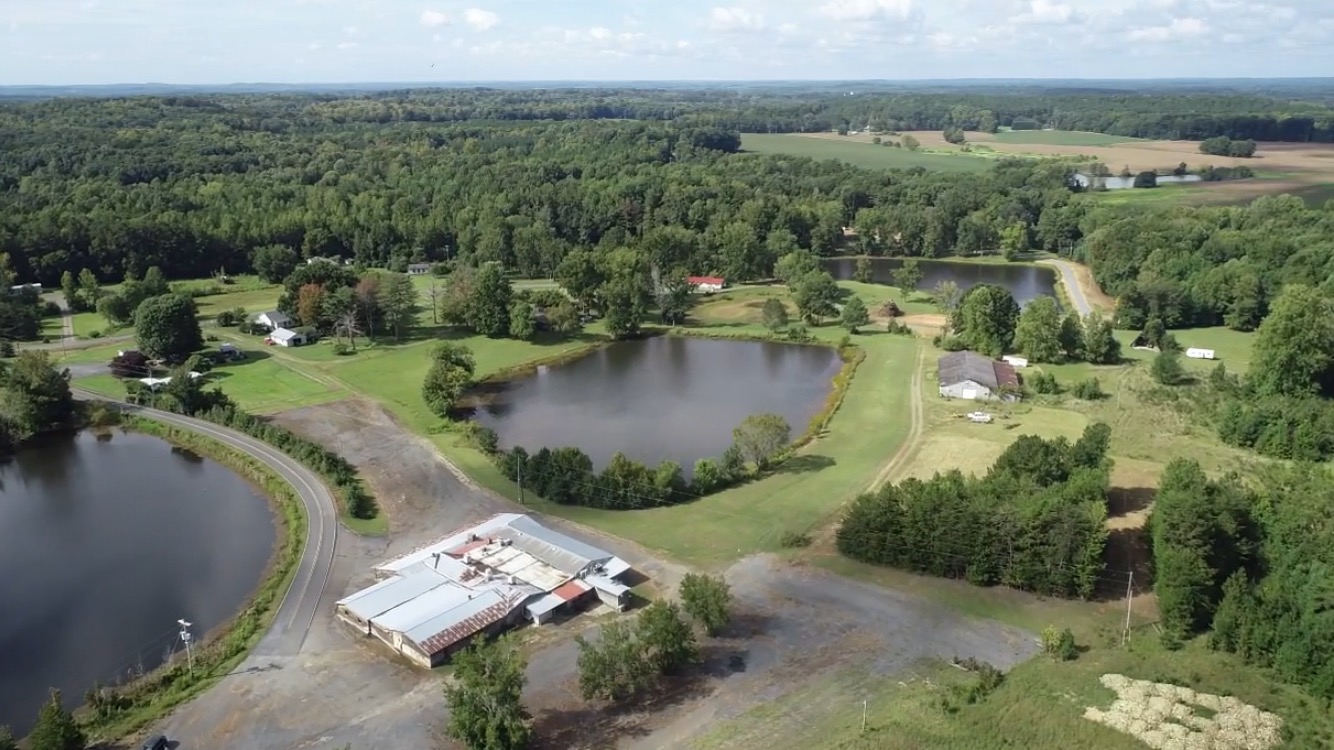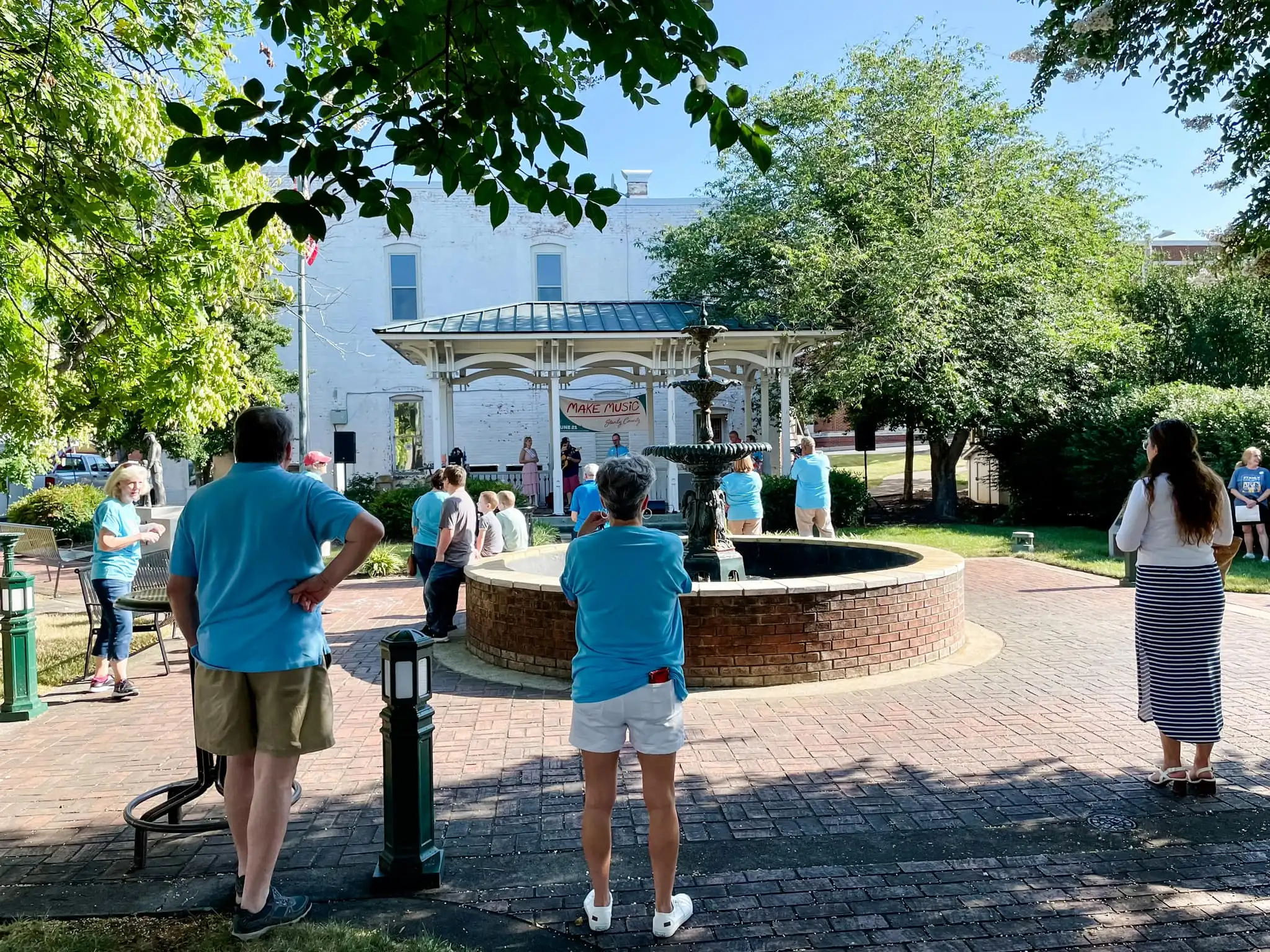LARRY PENKAVA COLUMN: There ought to be a museum for that
Published 11:32 am Wednesday, August 3, 2022
|
Getting your Trinity Audio player ready...
|
When I worked in a cotton mill I didn’t know it was destined to become a museum.

Larry Penkava
I was 17 and working the summer of 1964, prior to my senior year of high school. I did odd jobs like sweeping, cutting leftover threads from bobbins and opening cotton bales to start the process of making cloth.
A couple of my high school colleagues were working in the Upper Mill in Franklinville that summer. They got in trouble when their cotton-throwing contest got out of hand.
One of them, commenting one day on the age of Randolph Mills which opened in 1838, told me that when Gen. Sherman was burning a path across the South, he stopped at the mill. When he saw how old it was, my co-worker said, he chose not to burn it down, saying it was a waste of time.
Come to think, there was an old guy carrying an oil can who may have been as old as the mill.
Now I’ve learned that Randolph Mills’ sometime sister mill, Cedar Falls Manufacturing Company, has been designated by the Department of Natural and Cultural Resources to become the NC Textile Museum. Randolph Heritage Conservancy, which owns both sites, plans to use what remains of the Franklinville mill to supplement Cedar Falls’ displays.
If I’d known in ‘64 that the old mill was going to be a museum, I would have pushed authorities to speed up the process. I could have taken visitors for tours of picker, carding and spinning machines. Even handed them some cotton as souvenirs.
Instead, I was stuck with the dirty work, toiling and sweating and using an air hose to blow off cotton lint at the end of the workday.
When I found out about the textile museum, I got to thinking. Other businesses where I’ve worked could be turned into museums.
On the plus side, a museum wouldn’t interfere with most of the businesses since most of the businesses are no longer in business. On the minus side, there’s nothing left of some of the businesses, not even a 2-by-4.
That’s not the case with my first job, curbhop for Melvin’s Drive-In. The building is now used as a “business center,” more accurately a haven for video gaming.
Melvin’s was the stereotypical roadside cafe, with a large parking lot and dining room booths equipped with lists of recordings on the jukebox and a coin slot to play your choice. All without having to get up from your seat.
Melvin was known for his barbecue, which he smoked himself in a building off to itself. I remember seeing him tending to his latest pork sides, throwing on hickory logs to flavor the ‘cue.
My 50-cents-per-hour-plus-tips job was to take care of the customers who chose to remain in their vehicles. Dressed normally except for a paper hat that looked like an upside-down boat, I would take their orders on my pad, tear off the sheet, go inside the special curb door and hand the order to the cooks.
When the food was ready, I placed it on an aluminum tray, careful to put napkins under the drinks to keep them from sliding. When the driver rolled down the window, the tray had legs that allowed it to sit on the ledge. A sliding attachment pushed up to the side of the door to brace the tray.
I don’t know of any more drive-in restaurants that use the same process. One national chain has curbside delivery but customers place their orders over a speaker.
Seems to me that somebody should develop a drive-in restaurant museum with both indoor and curbside dining. I could be a paid consultant, showing the curbhops how to place the tray without spilling the drinks in the driver’s lap (something I once did).
There also needs to be a museum for the kind of service station that actually provided service. I once filled in for a friend, pumping gas before there was self-serve.
The museum would show the present generation how to turn the crank on the gas pump to reset the counter, find the lid to the gas tank (some were behind the license plate), how to unlatch the hood and where the oilstick is located, not to mention the proper opening to pour the oil.
A service station museum would also demonstrate the need for the attendant to be able to count back change without being told by a cash register screen.
Other museums I’d like to see include roofing in the ‘60s, pie delivery driver in the ‘70s and furniture parts retrieval in the ‘80s.
Then there’s newspaper production without benefit of computers. But that may require more work than the public can endure.
Larry Penkava is a writer for Randolph Hub. Contact him at 336-302-2189 or [email protected].






